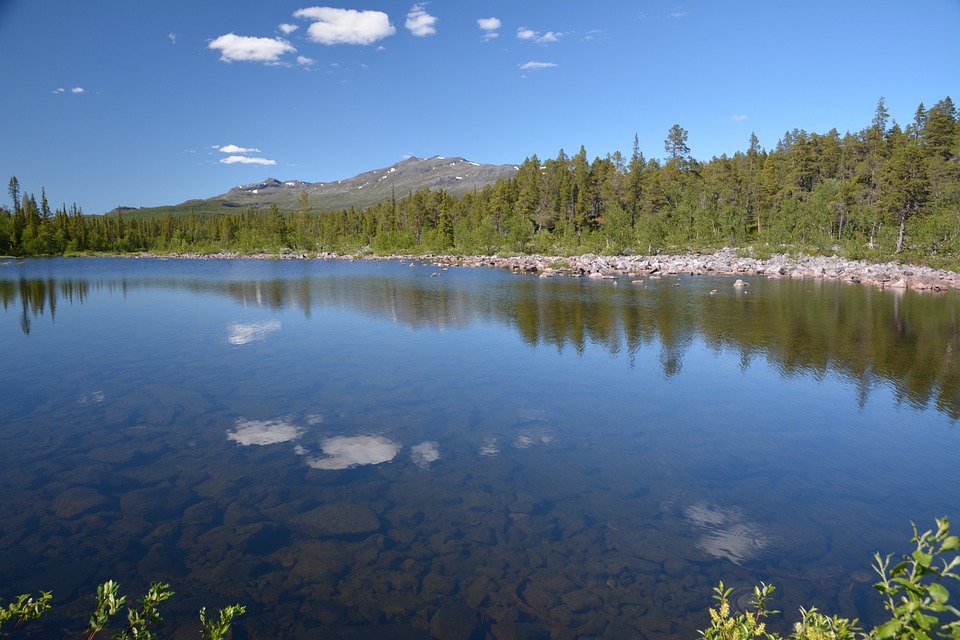What Is the Climate of the Western United States?
The climate of the western United States is characterized by its remarkable diversity, influenced by a variety of geographical features such as mountain ranges, deserts, and coastlines. This region encompasses several distinct climate types, ranging from coastal and Mediterranean to alpine and desert climates. The interplay of elevation, proximity to the Pacific Ocean, and prevailing weather patterns creates unique climatic conditions across this vast area.
1. Climate Regions in the Western United States
#
A. Coastal Climate (Pacific Coast)
– Location: Extends along the western edges of California, Oregon, and Washington.
– Characteristics: Features mild, wet winters and cool, dry summers. The ocean moderates temperatures, maintaining relatively stable conditions year-round.
– Rainfall: Northern areas receive significant winter rainfall, while Southern California has lower precipitation levels.
#
B. Desert Climate
– Location: Found in inland regions such as the Mojave Desert, Sonoran Desert, and Great Basin, covering parts of California, Nevada, Utah, and Arizona.
– Characteristics: Characterized by extremely hot summers and mild winters with very low annual rainfall.
– Unique Conditions: Experiences high daytime temperatures paired with significant nighttime cooling.
#
C. Mediterranean Climate
– Location: Predominantly in Central and Southern California around cities like Los Angeles and San Francisco.
– Characteristics: Warm, dry summers and mild, wet winters akin to climates found around the Mediterranean Sea.
– Rainfall: Seasonal precipitation occurs mainly in winter; summers are typically dry.
#
D. Alpine and Mountain Climate
– Location: High-altitude areas in the Sierra Nevada, Cascade Range, and Rocky Mountains.
– Characteristics: Cooler temperatures throughout the year with heavy snowfall during winter months.
– Seasonal Variability: Winters are cold and snowy, ideal for winter sports; summers are cooler at high elevations.
#
E. Semi-Arid Climate
– Location: Present in parts of Nevada, Utah, Colorado, and Idaho.
– Characteristics: Low to moderate rainfall with hot summers and cold winters.
– Precipitation: Receives more rainfall than desert regions but remains limited overall.
2. Seasonal Climate Patterns in the Western U.S.
#
A. Winter
Coastal areas experience mild and rainy conditions while mountainous regions receive substantial snowfall. Desert areas remain dry with mild temperatures.
#
B. Spring
Temperatures rise across most regions; however, mountain areas benefit from snowmelt that replenishes rivers. Desert wildflowers bloom briefly during this season.
#
C. Summer
Coastal regions remain cooler due to ocean influences, while inland deserts experience intense heat. Late summer may bring monsoon rains to the Southwest.
#
D. Fall
Temperatures begin to cool along the coast; mountain regions display fall foliage. Southern California retains warm conditions into early fall.
3. Factors Influencing the Climate in the Western U.S.
#
A. Pacific Ocean Influence
The ocean plays a crucial role in moderating coastal temperatures and contributes to coastal fog that provides moisture during summer months.
#
B. Mountain Ranges and Elevation
Mountain ranges create rain shadows; for instance, the Sierra Nevada blocks moisture from reaching inland areas while higher elevations receive more precipitation.
#
C. Desert Influence
The Great Basin and other desert regions contribute to arid conditions characterized by low rainfall and high temperatures throughout much of the interior West.
4. Impact of Climate Change on the Western Climate
– Warming Temperatures: Rising temperatures lead to hotter summers and extended growing seasons in desert regions.
– Drought and Water Scarcity: Prolonged droughts reduce snowpack levels and water availability for agriculture and urban use.
– Wildfires: Increased heat and dryness elevate wildfire risks across California and other forested areas.
– Coastal Challenges: Rising sea levels threaten coastal communities while ocean acidification impacts marine ecosystems along the Pacific Coast.
FAQs
– What is the primary climate type on the West Coast? The primary climate type is a coastal or marine west coast climate characterized by mild temperatures and seasonal rainfall patterns.
– How does elevation affect the climate in the western U.S.? Higher elevations generally experience cooler temperatures and increased precipitation compared to lower areas due to orographic lift effects from mountain ranges.
– Why is California’s climate so varied? California’s diverse geography includes mountains, valleys, deserts, and coastlines that create distinct microclimates across relatively short distances.
– Does the western U.S. have a rainy season? Yes, many areas experience a rainy season primarily during winter months when most precipitation occurs.
– How is climate change impacting the West? Climate change is exacerbating drought conditions, increasing wildfire risks, altering precipitation patterns, and threatening water resources across the region.
Conclusion
The western United States showcases a rich tapestry of climate zones influenced by its unique geography. Understanding these diverse climates is essential for managing environmental impacts such as droughts and wildfires while protecting ecosystems and communities within this dynamic region.

Kyle Whyte is a notable scholar and professor at the University of Michigan, holding positions such as the George Willis Pack Professor in the School for Environment and Sustainability and Professor of Philosophy. Specializing in environmental justice, his work critically examines climate policy and Indigenous peoples’ ethics, emphasizing the nexus between cooperative scientific endeavors and Indigenous justice. As an enrolled Citizen Potawatomi Nation member, he brings a vital perspective to his roles as a U.S. Science Envoy and member of the White House Environmental Justice Advisory Council. His influential research is supported by various prestigious organizations including the National Science Foundation, and disseminated through publications in high-impact journals. Kyle actively contributes to global Indigenous research methodologies and education, with affiliations to numerous institutes and societies dedicated to traditional knowledge and sustainability. Recognized for his academic and community engagement, Kyle has earned multiple awards and served in various visiting professorships. His efforts extend to leadership positions on boards and committees focused on environmental justice nationwide.
